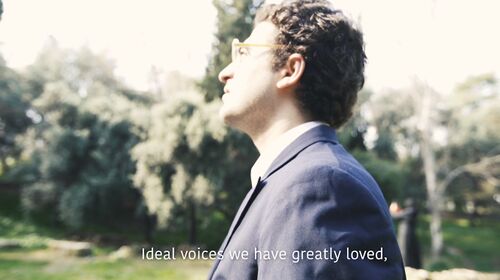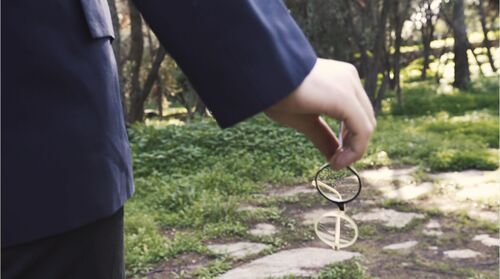Kavafis: Difference between revisions
No edit summary |
No edit summary |
||
| Line 2: | Line 2: | ||
[[File:Kavafis2.jpg|500px|thumb|right|]] | [[File:Kavafis2.jpg|500px|thumb|right|]] | ||
[[File:Kavafis3.jpg|500px|thumb|right|]] | [[File:Kavafis3.jpg|500px|thumb|right|]] | ||
'''Introduction | |||
Theoretical Background''' | |||
Thinking about language and its linear form, I consider the poetic language and consequently the reading of a poem not a linear process. If linearity is defined by how concepts are arranged, in poetic language this linear notion breaks down. In the linear language we are used to, if you want to make a point, or tell a story, or teach a skill, you need to control the sequence in which the target receives information. In poetic language you cannot control that. It brings you into the nonlinear frame of mind, in which we can process the poetry free from formal constraints. | Thinking about language and its linear form, I consider the poetic language and consequently the reading of a poem not a linear process. If linearity is defined by how concepts are arranged, in poetic language this linear notion breaks down. In the linear language we are used to, if you want to make a point, or tell a story, or teach a skill, you need to control the sequence in which the target receives information. In poetic language you cannot control that. It brings you into the nonlinear frame of mind, in which we can process the poetry free from formal constraints. | ||
Revision as of 03:47, 9 December 2019
Introduction Theoretical Background Thinking about language and its linear form, I consider the poetic language and consequently the reading of a poem not a linear process. If linearity is defined by how concepts are arranged, in poetic language this linear notion breaks down. In the linear language we are used to, if you want to make a point, or tell a story, or teach a skill, you need to control the sequence in which the target receives information. In poetic language you cannot control that. It brings you into the nonlinear frame of mind, in which we can process the poetry free from formal constraints.
“By emphasizing the illusionary nature of the relationship between linguistic and non-linguistic signs a multiplicity of potential meanings is achieved within the poem. According to Jakobson, poetry reading is a non linear reading process in which the reader is directed by the patterns of similarity and contrast. These patterns draw the reader’s attention while reading. This structure and palpable presence of language breaks the illusion of a direct relationship between linguistic and non-linguistic sign. By emphasizing the illusionary nature of the relationship between linguistic and non-linguistic signs and by situating the linguistic sign within a system of signs, a multiplicity of potential meanings is achieved within the poem.” In addition, poetry certainly “begins in the images of the preconscious or subconscious mind and is filtered through language toward the precise symbols and syntax of an imaginative construction at first glimpsed only dimly by the poet”.



